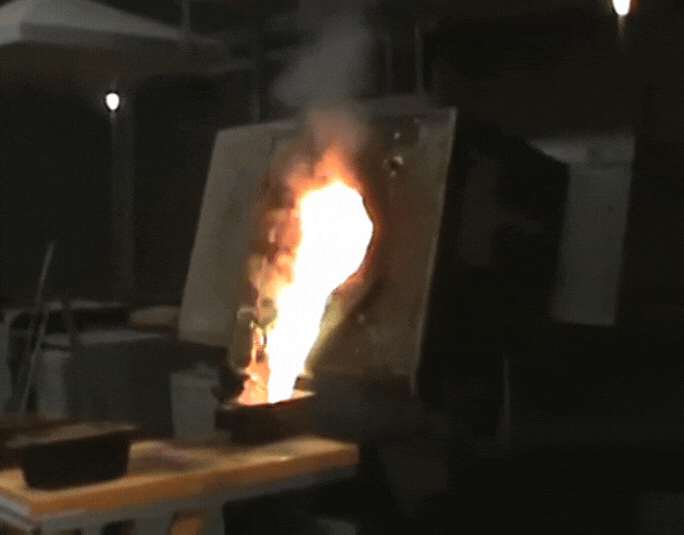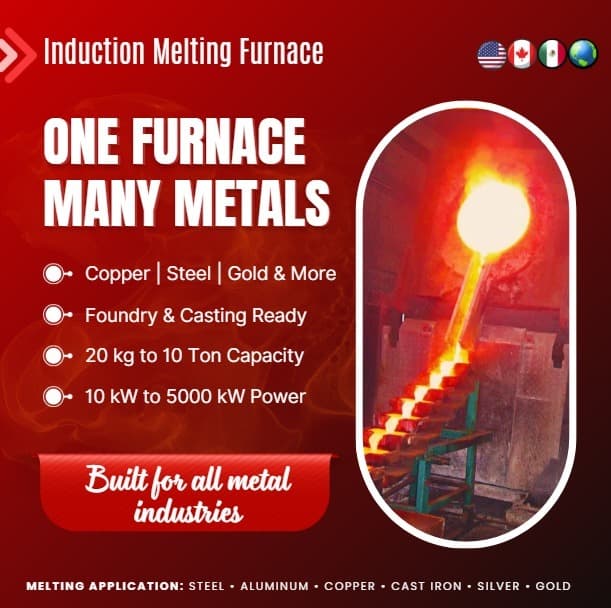
Induction heating is the method of heating a metal or other substance by creating an electric current within it using a changing magnetic field. Induction heating is commonly used for heat treatment of technical items such as hardening, tempering, annealing, and brazing. Heat treatment is a way of modifying the physical and mechanical characteristics of a material without affecting its form or size.

Induction heat treatment provides fast and targeted heating, resulting in increased performance, durability, and quality of engineering components for a variety of applications and industries. The creation of high-performance components, new designs, and cost reduction are all possible with induction heat treatment.
By generating an electric current in a material, induction-heating equipment turns electrical energy into heat energy. The following are the primary components of induction heating equipment
Induction heating equipment varies depending on the frequency, power, and application of the induction current. The frequency affects the depth and uniformity of heating, the power affects the heating rate and efficiency, and the application depends on the heat treatment goal and the material shape and size. Some examples are low-frequency equipment for deep and uniform heating of large or thick materials, medium-frequency equipment for moderate-depth and selective heating of medium-sized or thin materials, and high-frequency equipment for shallow and fast heating of small or thin materials.
Processes for treating materials with heat utilizing induction heating allow for the modification of their mechanical and physical characteristics. The following phenomena serve as the foundation for the concepts and methods of induction heat treatment:
The following important variables and elements have an impact on the effectiveness and quality of induction heat treatment:
Some examples are hardening, which makes materials stronger and tougher; tempering, which makes them less brittle and more durable; annealing, which makes them softer and less strained; and brazing, which connects metal components with a filler metal. Different materials and applications require different procedures.
| Process | Purpose | Advantages | Disadvantages |
| Hardening | To make a metal component stronger and harder. | May be used to increase a metal part’s toughness, wear resistance, and fatigue strength. | May make a metal item brittle, which increases the risk of breaking or fracture. |
| Tempering | To make a hardened metal item less brittle. | May increase a hardened metal part’s ductility and toughness. | Might make the metal portion less strong and hard. |
| Annealing | To increase the flexibility of a metal component by softening it. | May make a metal product more machinable and weldable. | Might make the metal item less durable and hard. |
| Brazing | Employing a filler metal that melts at a lower temperature than the basic metals to link two pieces of metal together. | Can be used to unite metals that are not compatible with welding or to join different metals. | Is potentially labour- and time-intensive. |
| Forging | Metal is shaped by being heated at a high temperature and then hammered or pressed into the desired shape. | Can create intricately shaped metal components that are robust and long lasting. | Is a costly and labor-intensive process. |
Induction heat treatment can improve the performance and quality of engineering parts for various purposes and industries. Some benefits of this heating method are faster and more efficient heating, better control and consistency, less damage or contamination, safer and greener operations, and easier automation.
The following are the present and future developments in induction heat treatment in the electric vehicle and car industries:
Induction heat treatment can be used for treating various engineering parts to enhance their physical and mechanical properties. Gears, shafts, springs, cutting tools, automotive components, bearings, and dies are examples of engineering products that frequently require heat treatment.
| Engineering Part | Induction Heat Treatment Application | Benefit |
| Camshaft | Hardening | Increases the cam lobes’ and the journals’ fatigue strength and wear resistance. |
| Copper tube | Brazing | Without endangering the base metals, produces robust, leak-proof, and corrosion-resistant joints. |
| Screw | Annealing | Enhances ductility and machinability while reducing hardness and stress. |
| Gear | Tempering | Increases toughness and durability while decreasing brittleness and cracking. |
We are advisors and consultants to a wide range of industries—including Foundries, Steel Plants, Mining operations, Metal Mills, Universities, Military
institutions, Aerospace, and metal processing industry.
Our mission is to help clients reduce energy consumption and identify the most efficient induction furnace solutions ailored to their specific perational needs



